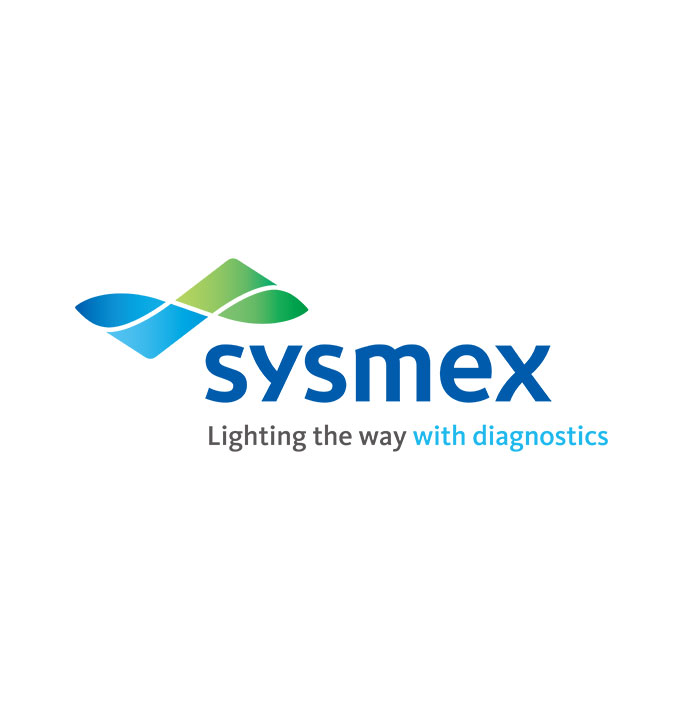Viral Hepatitis – Innovation in Hepatitis C Testing
Hepatitis C is a liver disease caused by the hepatitis C virus (HCV). This viral infection can lead to chronic liver disease, cirrhosis, and liver cancer if left untreated. The global burden of hepatitis C is significant, with an estimated 58 million people living with chronic HCV infection. Early detection and diagnosis are critical in managing and treating this disease effectively. Recent innovations in hepatitis C testing have made it easier to identify and treat infected individuals, improving outcomes and reducing transmission rates.
Traditional Testing Methods
Historically, diagnosing hepatitis C involved a two-step process:
- Screening Test: Initial screening was typically performed using an enzyme immunoassay (EIA) to detect antibodies against HCV. A positive result indicated past or present infection but did not differentiate between the two.
- Confirmatory Test: Confirmation required a nucleic acid test (NAT) such as polymerase chain reaction (PCR) to detect HCV RNA, indicating an active infection.
While effective, these methods had limitations, including the need for multiple visits, longer waiting times for results, and higher costs.
Innovations in Hepatitis C Testing
1. Point-of-Care Testing (POCT)
- Rapid Antibody Tests: These tests can detect HCV antibodies within 20 to 40 minutes using a small blood sample from a fingerstick. Examples include the OraQuick HCV Rapid Antibody Test.
- Rapid Antigen Tests: Newer tests can detect HCV core antigen, a component of the virus itself, providing a more direct indication of an active infection. These tests are faster and less expensive than NATs.
2. Simplified Diagnostic Algorithms
- One-Step Testing: The development of assays that combine antibody and antigen testing allows for a single-step diagnosis, reducing the need for multiple appointments and tests.
3. Dried Blood Spot (DBS) Testing
- Sample Collection: DBS testing involves collecting a few drops of blood on filter paper, which can be mailed to a laboratory for analysis. This method is particularly useful in remote or resource-limited settings where conventional blood draw is impractical.
- Advantages: DBS testing simplifies sample collection, storage, and transportation, making it easier to reach underserved populations.
4. Integration with Digital Health
- Telemedicine and Mobile Health: Combining HCV testing with digital health platforms allows for remote consultations, test ordering, and result reporting, enhancing accessibility and patient engagement.
- Electronic Medical Records (EMR): Integration with EMRs ensures seamless communication between healthcare providers and facilitates tracking of patient outcomes.
5. Next-Generation Sequencing (NGS)
- Genotyping and Resistance Testing: NGS technologies can identify HCV genotypes and detect resistance-associated variants (RAVs), guiding personalized treatment plans and improving treatment success rates.
6. Home-Based Testing Kits
- Self-Testing Kits: These kits enable individuals to collect samples at home and send them to a lab for analysis. This approach increases privacy and convenience, encouraging more people to get tested.
Impact on Public Health
Innovations in hepatitis C testing have profound implications for public health:
- Increased Detection Rates: Easier and faster testing encourages more people to get tested, leading to earlier detection and treatment.
- Improved Treatment Outcomes: Early diagnosis allows for timely initiation of direct-acting antiviral (DAA) therapies, which have cure rates exceeding 95%.
- Reduced Transmission: By identifying and treating infected individuals, these innovations help reduce the spread of HCV within communities.
- Cost Savings: Streamlined testing processes reduce the overall cost of HCV management by minimizing the need for multiple tests and reducing the burden on healthcare systems.
At last, Innovations in hepatitis C testing represent a significant leap forward in the fight against this pervasive disease. Point-of-care testing, simplified diagnostic algorithms, dried blood spot testing, digital health integration, next-generation sequencing, and home-based testing kits are transforming how hepatitis C is detected and managed. These advancements are improving patient outcomes, enhancing access to care, and ultimately contributing to the global effort to eliminate hepatitis C as a major public health threat.


